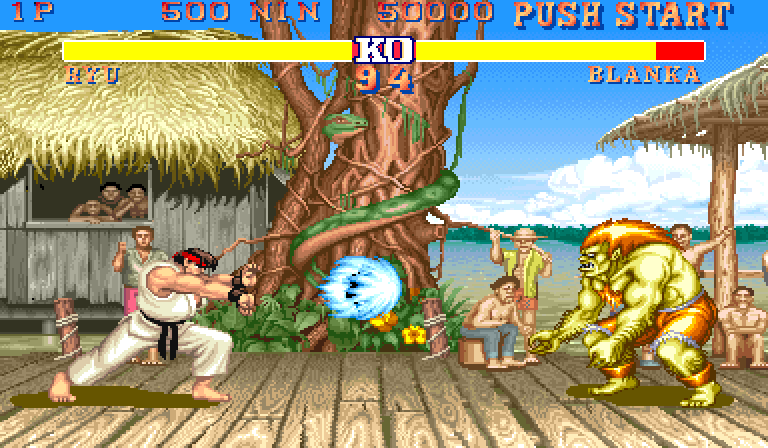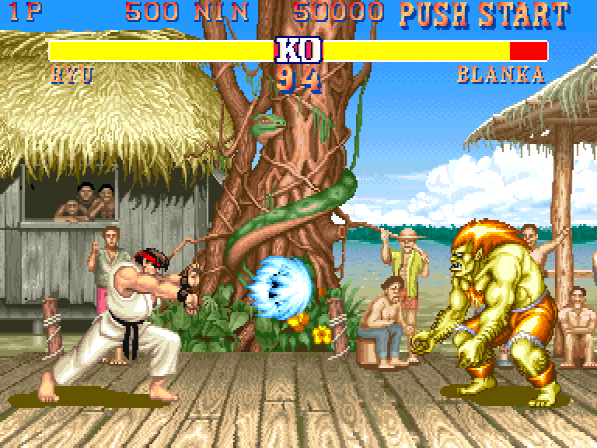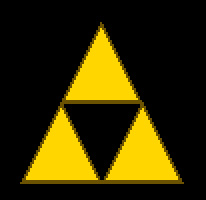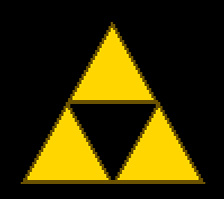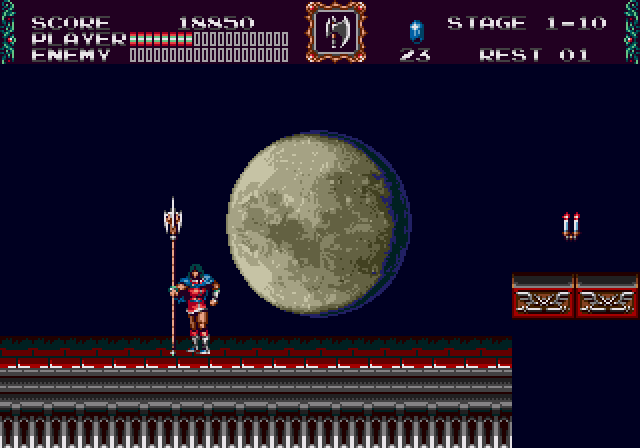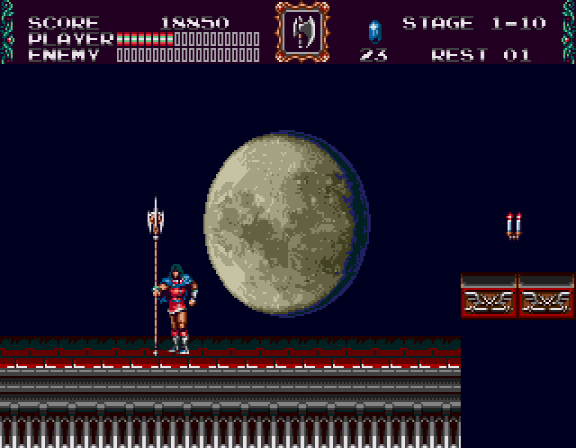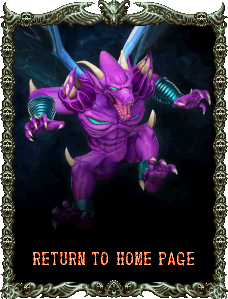|
Classic Console Aspect Correction: |
|
4:3 versus Square Pixels: For decades, video gaming was done on 4:3 displays. It wasn't until around the time of the PS2 that home consoles even offered widescreen or "16:9" image modes. Even so, arcade and home gaming hardware often had quite different and unique resolutions. They all relied on the video output encoding the image such that appeared to fit the 4:3 screen of TVs and monitors at the time. One extreme example is the Capcom "CPS" hardware, which had a resolution of 384x224. This reolution would appear as a widescreen image when displayed with square pixels. However, it was very clearly meant to be 'squished' inward to a 4:3 format. You can tell this when looking at a correct and uncorrected example of Street Fighter II. The uncorrected image has the characters looking too 'fat':
Home Console Examples: The majority of the time, home console game designers took into account the 4:3 ratio. Below is the the Triforce from the intro of Legend of Zelda: A Link to the Past, both in native square pixels and in the appropriate aspect correction:
Triforce in Square Pixels
Triforce Aspect Corrected With non 4:3 resolution formats often came moments in games where the artists and designers of the game simply forgot to take into account that the image would be fitted to a 4:3 format. Examples of this would be typically circular objects that appeared warped on a 4:3 screen. Below is an example taken from Castlevania: Bloodlines, were you can see the Moon is perfectly round in square pixel aspect, yet is warped when viewed on a 4:3 screen:
Bloodlines in Square Pixels
Bloodlines Aspect Corrected In spite of these occasional mistakes by the designers, it is always accurate to use 4:3 aspect correction because this is how the consoles ouput the image regardless. |
